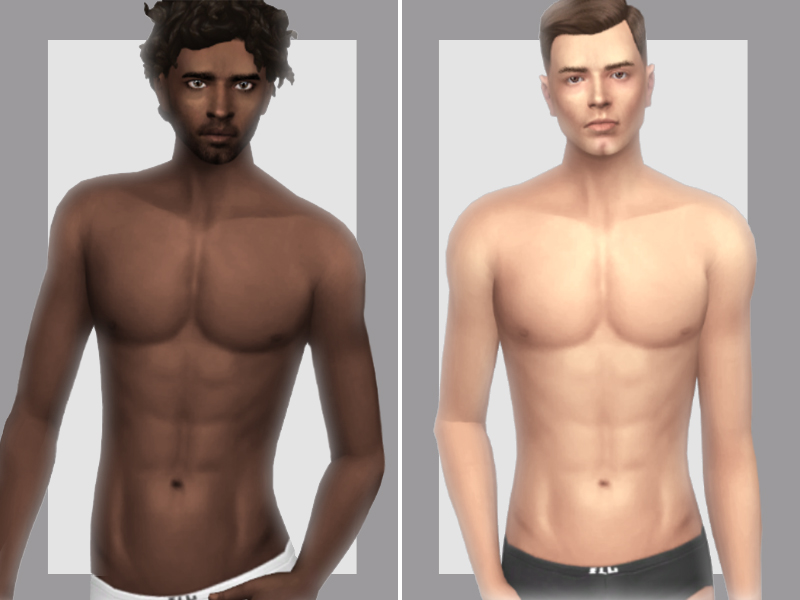

Porter used double exposure to add background scenes to windows which were black when filmed on set, using a garbage matte to expose only the window areas.

In 1903, The Great Train Robbery by Edwin S. George Albert Smith first used this approach in 1898. This was done using black draping where a green screen would be used today. Prior to the introduction of travelling mattes and optical printing, double exposure was used to introduce elements into a scene which were not present in the initial exposure. Motion tracking can also be used in conjunction with chroma keying, such as to move the background as the subject moves. Rotoscopy may instead be carried out on subjects that are not in front of a green (or blue) screen. Chroma keying is also common in the entertainment industry for visual effects in movies and video games. If the news presenter wears blue clothes, their clothes will also be replaced with the background video. Using a blue screen, different weather maps are added on the parts of the image in which the colour is blue. It is commonly used for weather forecast broadcasts in which a news presenter is usually seen standing in front of a large CGI map during live television newscasts, but it is really a large blue or green background.

No part of the subject being filmed or photographed may duplicate the colour used as the backing, or the part may be erroneously identified as part of the backing. This technique is also referred to as colour keying, colour-separation overlay ( CSO primarily by the BBC ), or by various terms for specific colour-related variants such as green screen or blue screen chroma keying can be done with backgrounds of any colour that are uniform and distinct, but green and blue backgrounds are more commonly used because they differ most distinctly in hue from any human skin colour. The chroma keying technique is commonly used in video production and post-production.

A colour range in the foreground footage is made transparent, allowing separately filmed background footage or a static image to be inserted into the scene. The technique has been used in many fields to remove a background from the subject of a photo or video – particularly the newscasting, motion picture, and video game industries. Ĭhroma key compositing, or chroma keying, is a visual-effects and post-production technique for compositing (layering) two images or video streams together based on colour hues ( chroma range). īottom panel: The corresponding frame in the final version in which the actor impersonates Barack Obama "appearing" outside the White House's East Room. Top panel: A frame in a full-motion video shot in the actor's living room. The practicality of green-screen compositing is demonstrated by actor Iman Crosson in a self-produced video.


 0 kommentar(er)
0 kommentar(er)
